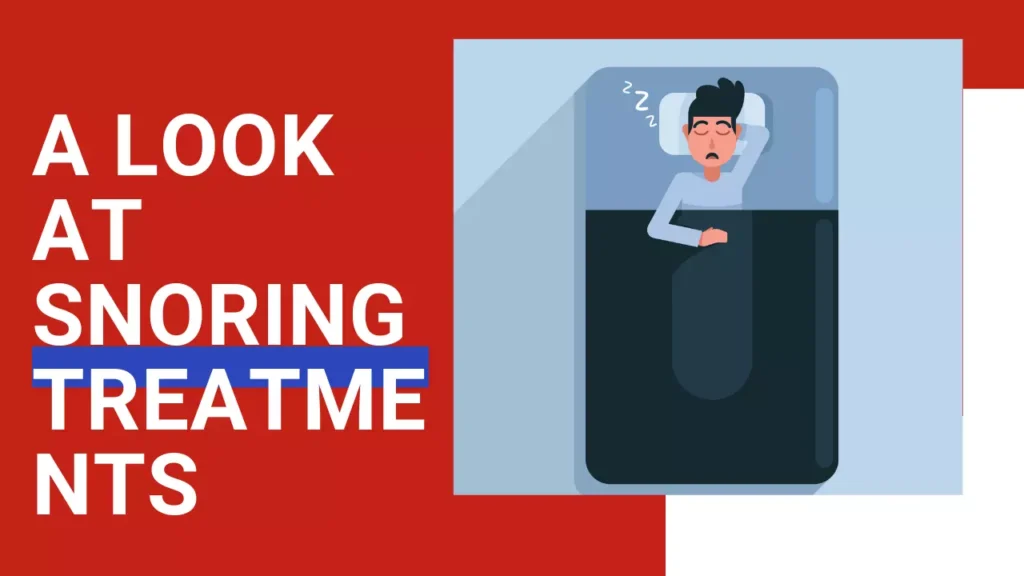
Yeast infections, caused by an overgrowth of Candida yeast, can be uncomfortable and distressing. Identifying the root causes is crucial for effective prevention and treatment. In this guide, we will explore various factors that contribute to yeast infections and how to recognize them.
Understanding Yeast Infections
Before delving into the causes, let’s have a brief overview of yeast infections.
Yeast infections, also known as candidiasis, occur when the balance of microbes in the body is disrupted, leading to an overgrowth of Candida yeast. These infections can affect various parts of the body, including the mouth, throat, genitals, and skin folds.
Common Symptoms
Recognizing yeast infection symptoms is the first step in identifying its causes. Common symptoms include:
- Itching and Burning: Persistent itching and burning sensations in affected areas.
- Discharge: Unusual discharge, often thick and white, in the case of genital yeast infections.
- Redness and Swelling: Inflamed and red skin, accompanied by swelling.
- Painful Urination or Intercourse: Discomfort during urination or sexual activity.
Factors Contributing to Yeast Infections
Understanding the causes is vital for effective prevention and treatment.
1. Imbalanced Microbiome
An imbalanced microbiome is a prime contributor to yeast infections. The human body hosts a diverse range of bacteria and fungi that usually coexist harmoniously. When this balance is disrupted, Candida yeast can proliferate, leading to infections.
Identifying an imbalanced microbiome:
Look for factors such as frequent antibiotic use, a weakened immune system, or an unhealthy diet. These can upset the microbial balance and pave the way for yeast overgrowth.
2. Poor Personal Hygiene
Maintaining good personal hygiene is essential in preventing yeast infections. Neglecting personal hygiene can create an environment conducive to yeast growth.
Signs of poor personal hygiene:
- Infrequent bathing or showering: Yeast thrives in warm, moist environments.
- Wearing damp or tight clothing: Tight, non-breathable fabrics can trap moisture, promoting yeast growth.
- Not changing wet or sweaty clothes promptly: Lingering moisture provides an ideal breeding ground for yeast.
3. High Sugar Diet
A diet high in sugar can contribute to yeast infections. Candida yeast feeds on sugar, and an excess of it in the body can fuel their overgrowth.
Identifying a high-sugar diet:
- Craving sweets: Frequent cravings for sugary foods may indicate an overgrowth of Candida.
- Excessive consumption of processed foods: Many processed foods contain hidden sugars that can contribute to yeast infections.
- Uncontrolled diabetes: High blood sugar levels in diabetics can promote yeast growth.
4. Antibiotic Use
Antibiotics, while effective in treating bacterial infections, can also disrupt the balance of microbes in the body. This disruption creates an environment conducive to yeast overgrowth.
Recognizing antibiotic-related causes:
- Frequent antibiotic use: Repeated antibiotic treatments can lead to imbalances in the microbiome.
- Secondary yeast infections: Developing yeast infections shortly after antibiotic courses.
5. Hormonal Changes
Fluctuations in hormone levels, especially in women, can contribute to yeast infections. This is commonly seen during pregnancy, menstruation, or while using hormonal contraceptives.
Identifying hormonal causes:
- Recurring infections during specific phases of the menstrual cycle: Increased vulnerability during hormonal changes.
- Yeast infections during pregnancy: Hormonal fluctuations and changes in vaginal pH can predispose pregnant women to yeast infections.
6. Underlying Health Conditions
Certain health conditions can weaken the immune system or disrupt the body’s natural balance, making individuals more susceptible to yeast infections.
Recognizing underlying health conditions:
- Autoimmune disorders: Conditions that compromise the immune system.
- HIV/AIDS: Weakened immunity increases the risk of recurrent yeast infections.
- Cancer treatments: Chemotherapy and other treatments can disrupt the body’s microbial balance.
Prevention and Treatment
Now that we’ve explored the various causes, let’s discuss preventive measures and treatment options.
Preventive Measures
- Maintain Good Personal Hygiene:
- Regular bathing: Showering at least once a day helps remove excess moisture.
- Wear breathable fabrics: Opt for cotton and loose-fitting clothes to allow proper ventilation.
- Change wet clothes promptly: Avoid prolonged exposure to dampness.
- Balanced Diet:
- Limit sugar intake: Reduce consumption of sugary foods and beverages.
- Probiotic-rich foods: Incorporate yogurt, kefir, and fermented foods for a healthy microbiome.
- Stay hydrated: A well-hydrated body supports overall health and microbial balance.
- Limit Antibiotic Use:
- Use antibiotics judiciously: Only take antibiotics when prescribed by a healthcare professional.
- Probiotic supplements: Consider probiotics during and after antibiotic courses to restore microbial balance.
Treatment Options
- Antifungal Medications:
- Topical creams: Over-the-counter or prescription creams for localized infections.
- Oral antifungals: Prescription medications for more severe or recurrent cases.
- Home Remedies:
- Yogurt: Applying plain, unsweetened yogurt to affected areas may help soothe symptoms.
- Tea tree oil: Diluted tea tree oil can have antifungal properties, but use cautiously to avoid irritation.
- Consulting Healthcare Professionals:
- Obtain professional advice: Persistent or recurrent infections warrant consultation with a healthcare provider.
- Underlying conditions: Address and manage any underlying health issues contributing to yeast infections.
Identifying the causes of yeast infections is essential for effective management and prevention. By understanding the factors that contribute to yeast overgrowth, individuals can adopt proactive measures to maintain a healthy microbial balance. Practicing good personal hygiene, making dietary adjustments, and seeking professional guidance when needed are key steps in the journey toward preventing and managing yeast infections.
Products and Services for Yeast Infection Relief
Antifungal Medications:
- Monistat: Offers a range of over-the-counter antifungal products, including creams and suppositories for yeast infection treatment.
- Diflucan (Fluconazole): A prescription oral antifungal medication often recommended for recurrent or severe yeast infections.
Probiotic Supplements:
- Culturelle Probiotics: Provides probiotic supplements that can help maintain a healthy microbial balance, supporting yeast infection prevention.
- Renew Life Ultimate Flora: Offers a variety of probiotic supplements to support gut health and overall well-being.
Personal Hygiene Products:
- Femmesil Cream: A natural antifungal cream designed for women, providing relief from itching and irritation associated with yeast infections.
- RepHresh Clean Balance: Offers pH-balancing products to support feminine hygiene and help prevent recurrent yeast infections.
Natural Remedies:
- Now Foods Tea Tree Oil: Provides pure tea tree oil, known for its antifungal properties, which can be diluted and used as a natural remedy for yeast infections.
- AZO Yeast Plus: Offers homeopathic tablets that may provide temporary relief from symptoms associated with yeast infections.
Telehealth Services:
- PlushCare: A telehealth platform that allows individuals to consult with healthcare professionals online for guidance on yeast infection symptoms and treatment.
- HeyDoctor by GoodRx: Provides virtual consultations for various health concerns, including yeast infections, offering convenient access to medical advice.
When considering any product or service, it is essential to consult with a healthcare professional for personalized guidance and recommendations tailored to your specific situation.
FAQs
Q1: Are yeast infections contagious?
No, yeast infections are not typically contagious. They result from an overgrowth of Candida yeast that naturally resides in the body. However, sexual activities can sometimes lead to the transmission of yeast infections between partners.
Q2: Can men get yeast infections?
Yes, men can get yeast infections. Although less common than in women, factors such as a weakened immune system, antibiotic use, or certain medical conditions can contribute to yeast overgrowth in men.
Q3: How can I differentiate between a yeast infection and other vaginal infections?
While symptoms of different vaginal infections may overlap, yeast infections typically present with itching, burning, and a thick, white discharge. It is advisable to consult a healthcare professional for an accurate diagnosis.
Q4: Can stress contribute to yeast infections?
Yes, stress can weaken the immune system and disrupt the body’s microbial balance, potentially contributing to yeast infections. Managing stress through relaxation techniques may be beneficial.
Q5: Are there specific foods that can help prevent yeast infections?
Probiotic-rich foods, such as yogurt and kefir, can support a healthy microbial balance. Additionally, reducing sugar intake and maintaining a balanced diet can contribute to yeast infection prevention.
Q6: Is it necessary to see a doctor for every yeast infection?
While over-the-counter treatments are available for uncomplicated cases, persistent or recurrent infections, as well as those with unknown causes, should prompt a visit to a healthcare professional for proper diagnosis and guidance.
Q7: Can wearing breathable fabrics prevent yeast infections?
Yes, wearing breathable fabrics like cotton can help prevent yeast infections by allowing proper ventilation, reducing moisture buildup, and creating an environment less conducive to yeast growth.
Q8: Are there any natural remedies for yeast infections?
Some people find relief from symptoms by using natural remedies such as applying plain, unsweetened yogurt or diluted tea tree oil. However, it’s essential to use these cautiously and consult a healthcare professional if symptoms persist.
Q9: Can birth control pills cause yeast infections?
Hormonal changes due to birth control pills can potentially contribute to yeast infections. If you suspect a connection, discuss it with your healthcare provider, who may adjust your contraceptive method if necessary.
Q10: Are there specific populations more prone to yeast infections?
Individuals with weakened immune systems, those taking frequent antibiotics, pregnant women, and people with certain medical conditions like diabetes may be more susceptible to yeast infections. Taking preventive measures is crucial for these populations.
Always consult a healthcare professional for personalized advice and guidance tailored to your specific situation.



